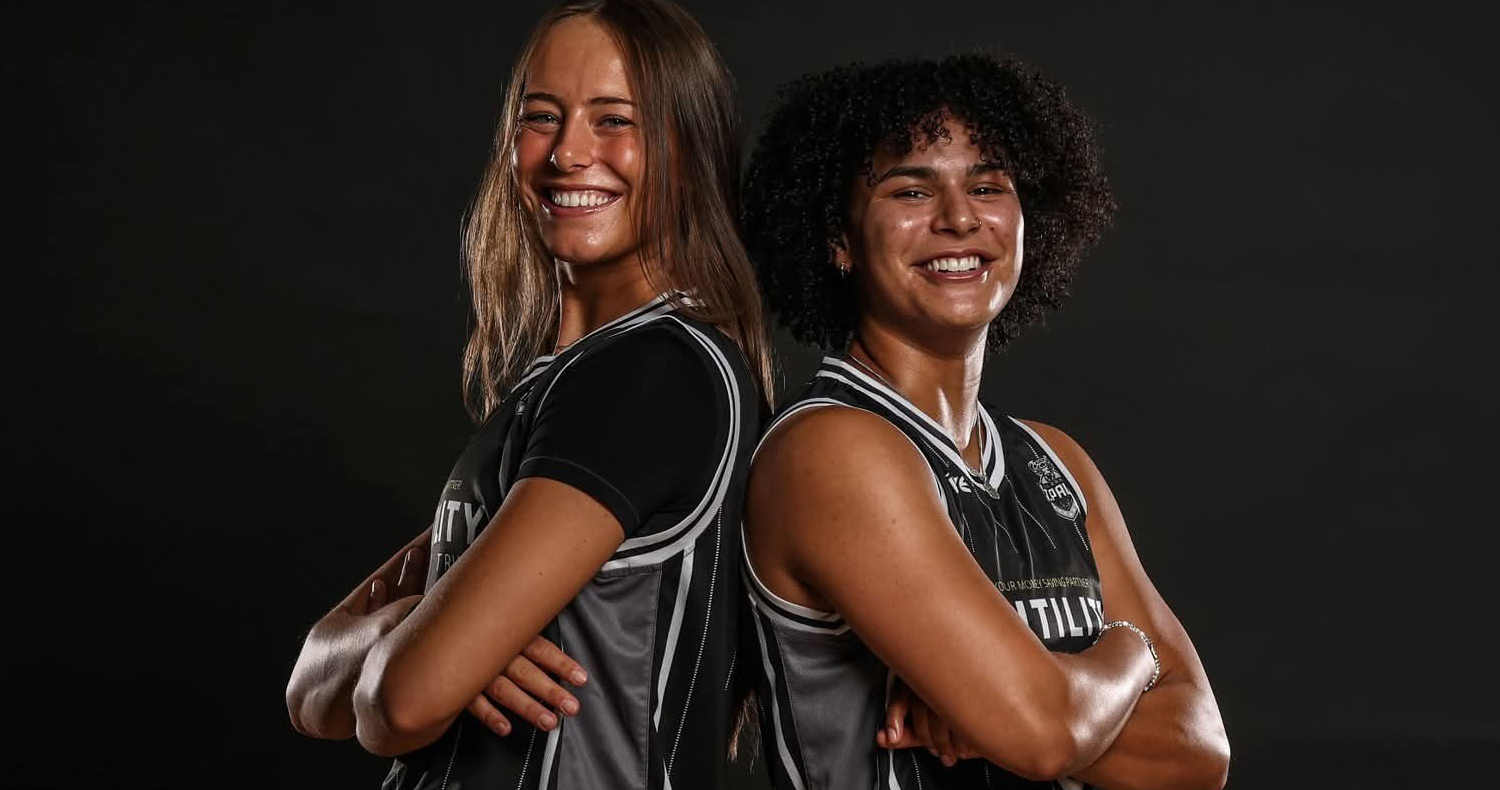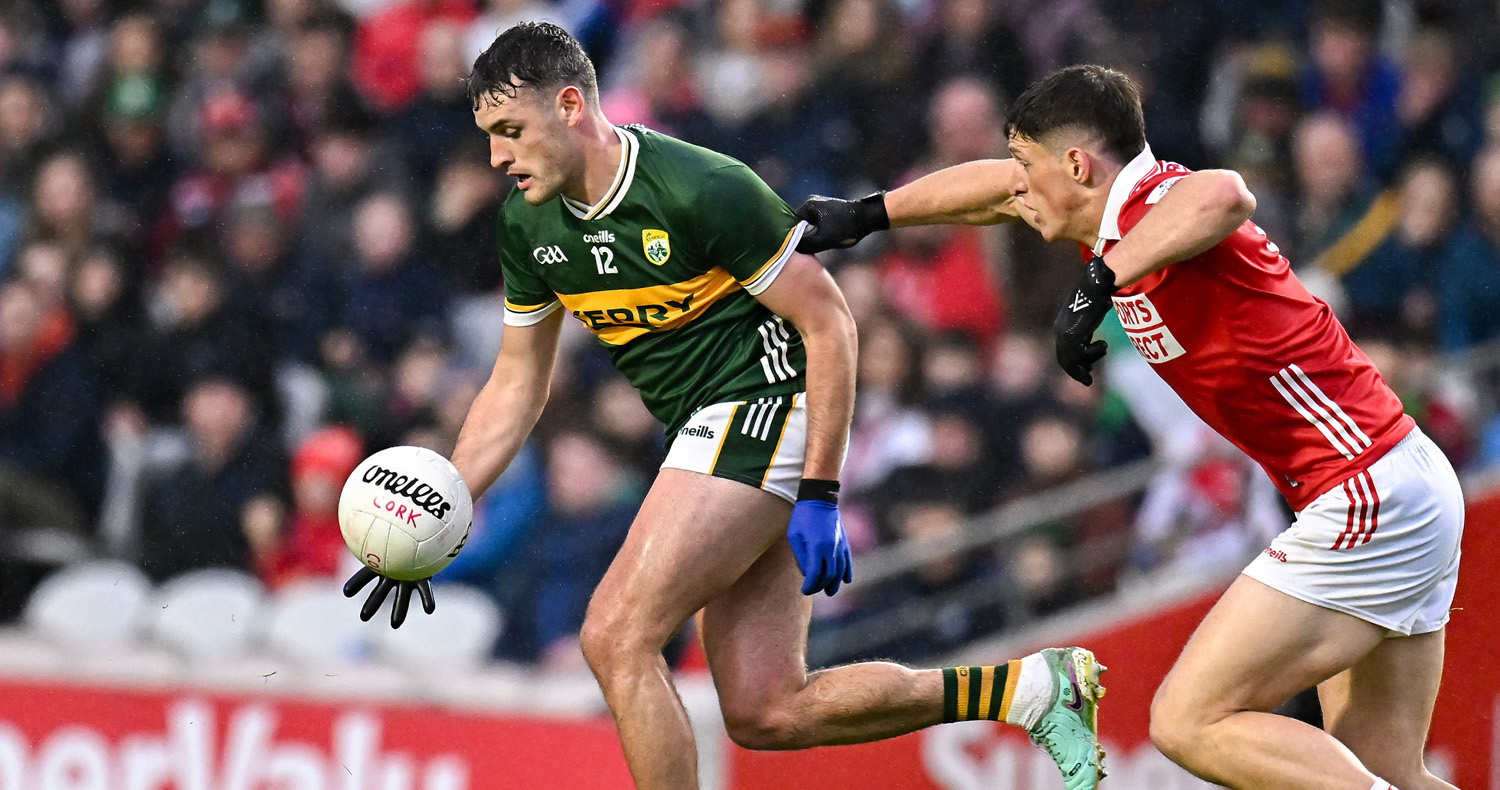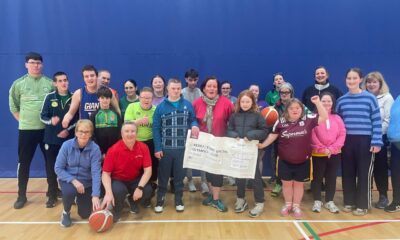Sport
A closer look at sport’s occupational hazards

In Part 1 of a new series, former Kerry goalkeeper Eamonn Fitzgerald examines the complicated world of sports injuries
Injuries are an occupational hazard for players in all types of sports.
Injuries to elite sports stars hit the headlines. Of the Kerry team that won the 2022 All-Ireland, Joe O’Connor, Gavin White and Micheál Burns are out of action with long-term injuries.
Just back is Dara Moynihan, who was most unfortunate to sustain an injury during Tuesday night training before the All-Ireland final. Talk about hard luck for the Spa flyer. I am sure he would have started if he had avoided injury.
Fellow clubman Dan O’Donoghue was also unlucky. He was playing great with Kerry during the league and was shaping up so well to nail down a position at corner back. Injury denied him that privilege and up sprung Graham O’Sullivan to get the corner back position.
Injuries are also heartbreaking for the regular sportsperson at club or individual levels.
They suffer the disappointments of missing the National Indoor Championships, the All-Ireland Cross Country, the National League games in basketball, the Celtic v Athletic local derby in the cup, the county final, the O’Donoghue Cup and many more occasions. Missing out on the next race or match is a worry and if the injury is serious enough they may well lose out for the rest of the season. That is hard to take after the enforced inactivity during COVID.
PERSPECTIVE
While researching for these articles, I talked with players and athletes from a wide range of sports about sports injuries. It also proved interesting to get the perspective and perceptions of trainers, managers, selectors and others involved with the injured competitors. What I learned from these people I relayed to doctors, physios, dieticians, and other medics. In all cases, I offered them anonymity and, with that assurance, they spoke freely. That wish is guaranteed. I am indebted to them all for being so willing and helpful to engage in the process.
The athletes/players I have contacted have been very forthcoming and helpful because injuries are so much part of their lives.
“I knew straight away it was serious and wondered if this knee injury would mean that I would miss out. I was devastated,” Player A said.
The contributions from all will help me to clarify opinions of my own on sports injuries, how they are caused, prognosis, diagnosis, treatment, remediation, rehabbing, and a return to action. The big question for the competitors is ‘when’. When will I be ready to play again?
In the case of a very serious injury, the question (and the pleading) switches to ‘Will I be able to return to the sport I love?’.
The consultant/doctor/physio may well have to explain to the injured party the difference between the urgent and the important. It is urgent for the athlete to be able to play in the cup final in two weeks’ time; it is important for the medic to emphasise that risking a return to play after two weeks rehabbing in a four-week programme is too risky, when further damage will most likely be caused. In some cases the harsh reality is that the person may have to end their career, or switch to a less demanding leisure activity.
Participants suffer injuries in non-contact sports, high-contact sport and collision sports. Go to any game and in most cases some player has to be substituted because of an injury sustained and not because the player in question is playing poorly.
REFEREES
Fortunately, in modern day sport, the referees suspend play while medical attention is sought to determine the extent of the injury and whether the player is fit to continue or to be substituted. Most teams now have a person in their backroom team with some medical expertise
That can be the relatively straightforward ruling where a player has to leave the action temporarily and a blood sub is allowed. The injured player may return to the action after the medics have done running repairs.
Which are the most dangerous sports? Are males more at risk than females? What goes through the mind of a sportsperson when he/she suffers a career-threatening injury? How are their domestic and professional lives affected? Are their dangers for young players being over-taxed and pushed on too early? Are individuals and teams training demands too high at intercounty, club and individual levels?
So many questions to tease out.
At grass roots level the most common injuries are soft-tissue and muscular. Then there is the unmistakable hamstring. Injuries to ligaments and joints are common. One cannot forget breaks, of course, and lacerations.
The high profile one now is the ACL .The journey to Santry Sports Clinic, or elsewhere, will cost in the region of €5,000 and that is just for the surgery. There are other considerable costs such as travel, accommodation, physio sessions, and missing work.
In some cases, the injured party will be covered for wages, but what about the self–employed plumber?
Most sports associations at national level have player injury insurance, but that only offsets some of the expenses incurred. The remainder, which can be quite considerable, falls on the individual. Her/his club may or may not be able to lessen the load.
There is also the mental health and well-being of the injured athlete to consider in the long rehab programme before returning to action.
HOSPITAL
A high percentage of games are played at weekends and it is surprising to find that sports injuries accounted for nearly one in three visits to the A&E departments of hospitals for minor injuries like cuts, sprains, or broken bones playing sport. Add this to the usual many hours of waiting in the A&E for other ‘emergencies’.
Weekend is busiest, of course, but the x-ray departments are also very busy on Mondays.
That is just one more common scenario that beggars belief why such a busy town as Killarney does not have full x-ray and MRI scan facilities for locals, visitors, and in this case for injured competitors. For many years Councillor Michael Gleeson fought a real battle to have a one-stop facility in Killarney for many services including the facility for detecting and diagnosing sports injuries. Conversion and adaptation of St Finan’s was one proposed location.
It is not too late yet to provide that facility in Killarney for all, including the worried player who wants to know as soon as possible if the right hand is fractured. If so that has huge implications if it is close to the Leaving Cert exams or the finals at third level.
A whole new language has emerged in the weekday sports reporting and previewing of games. What exactly does ‘a clean bill of health’ mean when managers indicate that ‘everyone is available for selection’ or that ‘we have a few niggling injuries’? What exactly is a niggling injury? Are the players in question fit to play or not?
If they are not fit to start why are you holding them in reserve with every intention of springing them into action at a strategic time in the game? What does 90% ready mean and why is the player still rehabbing?
These and other terms favoured by the team managers in their guarded responses to the queries of sports reporters make it a mind game. Yes, we can read behind the lines and the jargon, but what is the reality?
I will be looking at these and other questions and responses in the coming weeks after speaking to those at the receiving end of injuries and the people who assist in clearing up the injuries so the players return to action fully recovered.
DANGEROUS
Car rallying, motorbike racing and high altitude mountaineering are very obvious dangerous sports, so there is a high level of mandatory safety precautions. But what surprised me in the team games is that basketball is always at the top or very high up in the statistics for injuries.
I put that very point to a well qualified person in the medical scene, suggesting that poor quality footwear and constant landing on a hard surface over the years must have been very hard on the ankles. The playing surfaces for the game are much improved from those in the past, but still basketball ranks high on the risk factor for injuries.
Those professionals that I spoke with agreed that these were causative factors, but pointed out the specific demands on players in basketball.
“It is a game of high forces, changes of direction, high speed and high skill factors. These are key factors in the high rate of injuries in basketball.”
Then there is the eternal question: is it dangerous and inadvisable to send a talented young player into the senior ranks too early?
It will be interesting to follow the progress of 15-year-old Ethan Nwaneri who became the youngest player in Premier League history. He came on as a sub for Arsenal as they returned to the top of the Premier League with a comfortable 3-0 win at Brentford on Sunday last. If he was here in Ireland, he would be studying for the Junior Cert, even too young to go into TY (Transition Year).
Of course, Wayne Rooney was still only 16 years old in 2002 when he scored a magnificent goal for Everton against Arsenal. He progressed to a hugely successful career with Man Utd and with England. I think he is still the highest goalscorer with Manchester United and with England. Local soccer aficionados will surely update me, if that record has been bettered. He also holds the record for the most appearances of any outfield player for the England national team.
These are elite professional players, but how about the talented 16-year-old in a small, rural club in Kerry who are caught for numbers to make up a team. For the love of the parish often rears its head and in he or she goes to make up the team. It’s the modern-day Matt the Thrasher O’Donovan leading his team to victory with the war cry ‘Up Tipperary’. Substitute Tipperary with St Pat’s/Fossa/Mastergeeha/Ballyhar Dynamos/Killarney Valley AC/Workmen’s/The Valley.
Yes, you are doing it all for the love of the parish.
EXCEPTIONS
At the other end, you have men like Dan Shanahan. He retired from club hurling just this year aged 45 after winning four Munster Championships with his beloved Waterford and three All-Stars (but no All-Ireland medal).
Closer to home are the Dooleys of Ballyduff. Father John Mike and his son Gavin played on the Ballyduff team in the 2022 Kerry Senior Hurling Championship final. They are the exceptions.
I wonder what age was Dan Kelleher when he hung up his boots and hurley. And is there any end to Jim O’Shea the Masters champion in the long jump and in the high jump in London? Modesty and humility are the qualities of this Firies native. No éirí in airde in this man, who has celebrated a very significant birthday ending in a zero. The first digit will surprise you. While other sports enthusiasts settle for spectating and watching sport on TV, Jim just continues to excel. High or long, it doesn’t matter for the greatest lepper alive, in what for him is active retirement. Keep raising the standards Jim. Is fearr léim maith ná droch–sheasamh.
That and more on injuries in future editions.














